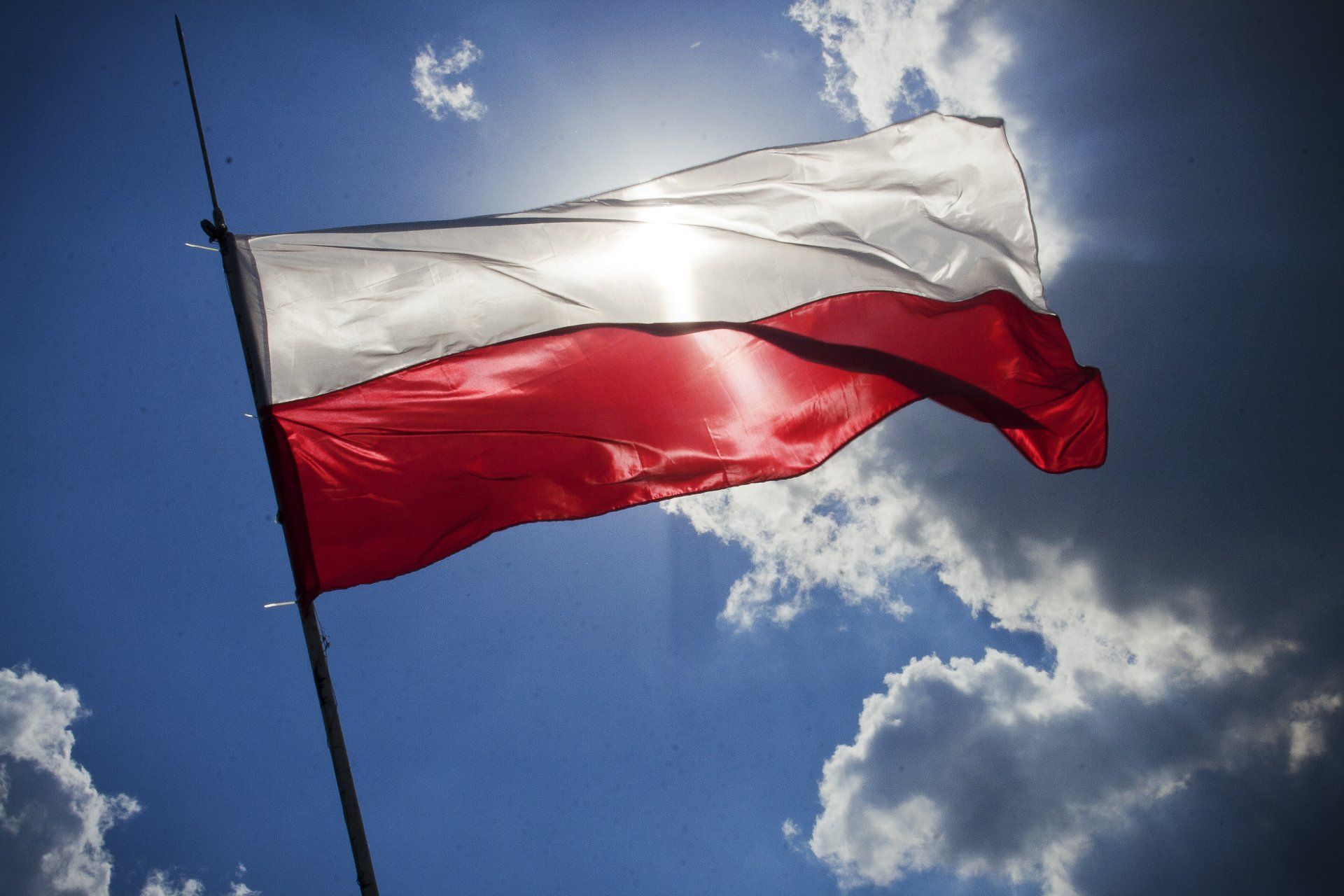Electoral formula
What is an electoral formula?
While the structure of the electoral wards is the most important factor in translating the results of the vote into the distribution of seats at the national level (or at another general level - e.g. the provincial level in the case of local elections), the distribution of seats within a ward depends most strongly on the application of a particular electoral formula. An electoral formula is a function that transforms the set of decisions made by voters in a constituency into a set of seats to be allocated within that constituency.
Among the electoral formulas, two groups can be distinguished - majority and proportional formulas. Some typologies also distinguish an intermediate type. Electoral formulae, due to their importance for the functioning of the electoral system as a whole, as well as the fact that they focus the interest of both politicians and public opinion (especially when it changes), usually determine the names of entire systems - hence we may encounter, for example, the term d'Hondt proportional representation system.
Historically, the first formulas used were majority formulas, characterised by relative simplicity of operation. A "pure" or "model" example of how this formula works is the FPTP (first past the post) formula for single-mandate constituencies. In this case, the seat is allocated to the candidate with the highest number of votes in the constituency (relative majority). In addition to the highest support condition, some majority formulae impose additional ones - the requirement to obtain a certain support (absolute majority or expressed as a percentage of voters/voters) or the requirement to have a certain proportion of eligible voters in the constituency (usually 50%) participate in the vote. If the additional conditions are not met, a re-vote (the so-called second round) is held, in which the set of candidates is reduced according to the adopted criteria. In the repeat vote, it is usually sufficient to obtain a relative majority, although there are also cases of additional requirements. Majority formulas are also used in multi-member constituencies, in which seats are allocated to candidates in turn according to the number of votes obtained.
The proportional representation formulae historically developed later than the majority formulae and, moreover, originally served not to allocate seats within a constituency, but to distribute seats between constituencies. The basic idea behind them is to ensure that the share of a given group's votes in the constituency pool is mapped as accurately as possible onto the share of seats to be distributed in the constituency.
The most important element of the electoral formula is the electoral method and, in addition to this, the electoral threshold.
What is an electoral method?
Methods of majority representation
Majority representation formulas use methods based on several types of majority. The most commonly used is the relative majority method - in this case, the seat is given to the candidate who obtained the most votes in the constituency (or, in the case of multi-member constituencies, those candidates who obtained the most votes consecutively). It does not matter how many votes (what proportion of them) he or she actually won - what matters is that it was more than any of the candidates. Alternatively, the absolute majority method is used. In this case, the support of more than half of the voters is required to win a seat. If none of the candidates obtains such a majority, it is necessary to trigger additional measures, such as holding a run-off election, with a smaller number of candidates (usually 2). Some systems use an intermediate solution - there is a requirement for a certain majority, but it is not 50%. Most often this means a lower value (e.g. 40%).
The relative majority method is used in elections to the Senate of the Republic of Poland (since 2011 in single-mandate districts, previously in multi-mandate districts) and in elections of councils of smaller municipalities, while the absolute majority method was used, for example, in the elections of the Sejm of the People's Republic of Poland and the Senate of the People's Republic of Poland in 1989.
In addition to the requirement for a majority (relative or absolute), there are sometimes additional requirements - e.g. to obtain a certain level of support among all those eligible to vote or for a minimum required voter turnout.
Proportional representation methods
The electoral formulas for proportional representation make use of different methods of seat allocation, to which they also owe their names. We can divide seat allocation methods into two types: largest residual methods (a.k.a. quota methods, a priori quotient methods) and divisor methods (a.k.a. largest number methods, a posteriori quotient methods)¹.
Maximum residual methods
A common feature of quota residual methods is that they are based on so-called electoral quotients. The electoral quotients take various, albeit similar, forms, the simplest being V/S, obtained by dividing the number of validly cast votes (V) by the seats to be distributed in the district (S). By modifying the simple representation quotient, it is possible to obtain further methods of distributing seats and thus further electoral formulas. Subsequent modifications of the quotient by artificially increasing its denominator (adding fictitious seats to it) may be advantageous for the grouping with the largest support, as they make it easier to win at least half (or, by analogy, a majority) of the seats in the district.
The procedures used in the allocation of seats by means of the largest residual methods are relatively simple. Most often, in the first stage, the number of votes won from the constituency by each group (vi) is divided by the electoral quotient adopted. The individual groupings are allocated (in the first stage) a number of seats equal to the total of the quotient obtained. Except in extreme cases, no seats are allocated to any party after this division. In the second stage, the seats that have not yet been distributed are allocated to the parties with the highest remainder when dividing the number of votes obtained in the constituency by the electoral quotient applied (i.e. the parties with the highest remainder, hence the name)².
The quota method applied under Polish conditions is the Hare-Niemeyer method, using Hare's simple quotient and adapted to the distribution of seats between candidate lists. It was used in the 1991 elections to the Polish Sejm.
Divider methods
The largest average methods, also known as the largest divisor methods, use methods based on ranking the successive quotients formed by dividing the number of votes obtained by each grouping in a district by the successive divisors inherent in the method. The simplest of these, and one of the most widely used in the democratic world, is the d'Hondt method. This method uses a procedure whereby the successive divisors used to calculate the quotients attributed to the groupings concerned are successive natural numbers (1, 2, 3, 4, 5, 6...). From the resulting series of quotients, the highest values are chosen equal to the number of seats to be allocated and the share of the quotients attributed to a particular group in the resulting set represents the number of seats obtained by that group. This method is the most widely used in Polish elections. What is particularly important, it has been used since 1993 (with a break in 2001) for the distribution of seats in elections to the Sejm of the Republic of Poland. In addition, it has its uses in local government council elections and European Parliament elections.
Other electoral methods are also used among the methods of greatest divisors. The most popular, apart from the d'Hondt method, are the Sainte-Laguë method and its various modifications (the so-called modified Sainte-Laguë methods). These are also the only major-divisor methods used, apart from the d'Hondt method, in the electoral systems of the Third Republic. In its classical form, the Sainte-Laguë method uses a set of divisors, which are consecutive odd natural numbers (1, 3, 5, 7, 9...). Its modifications, however, consist in changing the first divisor (1) by assigning it a different value. In Polish practice, a modified Sainte-Laguë method with the first divisor being 1.4 was used. In its classical form, the Sainte-Laguë method was used in Poland in municipal council elections in 1990 and 1994, while in its modified version (in the presented form) - in the 1991 elections to the Sejm of the Republic of Poland with respect to the distribution of seats between national lists of particular groupings and in 2001 with respect to the distribution of all seats in districts.
Maciej Onasz, based on: Onasz Maciej, Inżynieria wyborcza w Polsce od roku 1989, Łódź 2017.
² M. Gallagher, Proportionality, Disproportionality and Electoral Systems, „Electoral Studies”, Volume 10, Issue 1, 1991, pp. 38.






